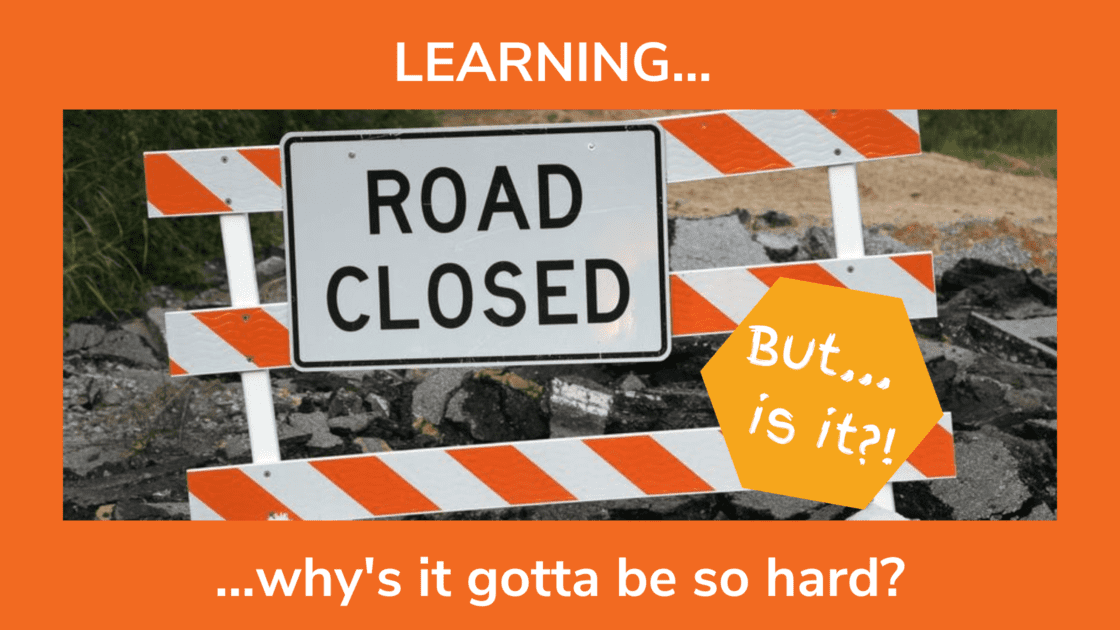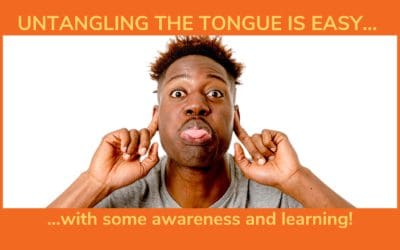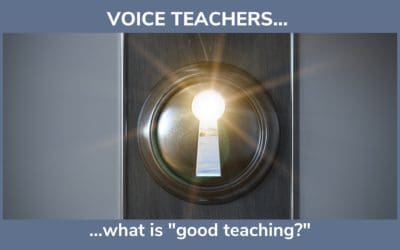Inside This Article
There are two great obstacles to learning that are mirror images of each other:
- Thinking you can’t do something, and never will be able to… and
- Thinking that you already can do something and therefore no further learning is required
What both of these obstacles have in common is that they stop learning in its tracks – and in a sneaky, pseudo-justifiable way.
Well, let me be the one to tell you that neither obstacle is real! Both are an illusion.
The solution to these ubiquitous, culturally-supported negative beliefs is a particular kind of learning that starts with a particular attitude toward one’s self: I can always learn. I can always improve. I can always make what’s good better and better and better!
This approach in somatic learning is often called learning by “Successive Approximations,” that is learning in small increments, building small improvement on small improvement until over time great improvements occur – seemingly effortlessly!
Here’s how you apply this principle to both obstacles above:
- Thinking you can’t do something, and never will be able to…
First, hold open the possibility of learning and being able to do something at all times – even if it isn’t happening. Then, chunk down the task at hand into many tiny components and sub-tasks. Work with each of these tiny components and sub-tasks with awareness and playfulness in the most easy, non-strenuous and non-goal-oriented ways – like children do. You visit them, expand on them a bit, leave them… go to another, then another, circle back around to previous ones… then before you know it, one day, it will come together and you’ll be able to do that “impossible” thing!
- Thinking that you already can do something and therefore no further learning is required
This is trickier, because the things we think we already do well are more invisible to us. They move to the background of our awareness – that’s why they don’t tend to improve! But, with attention and curiosity, what is good can ALWAYS get better! I like to say, “Take what’s easy and make it easier.” This is a lovely way to work, because it feels good all along! And, mysteriously, when we improve what’s already good in our system, somehow what was difficult in other parts of the system also improves. So, working with this one (#2) in this way, also improves #1! Win Win!
So, when turned around, what both of these strategies have in common is that they both feel good while learning is always happening!
PRO TIP:
Every time there is even a marginal improvement in anything you are working on, celebrate it: smile, get excited… ENJOY it! Too many people when something actually improves say, “Yeah, but, I still can’t to x, y or z.” Whomp. Whomp.
When you pull this kind of negativity right after you’ve actually done something you want to do and the way you want to do it, it marks that new learning with the negativity and practically erases the new pattern from your system.
STOP IT! Enjoy each successive approximation and your brain/nervous system will be more likely to be able to keep it available for you time and time again!





0 Comments